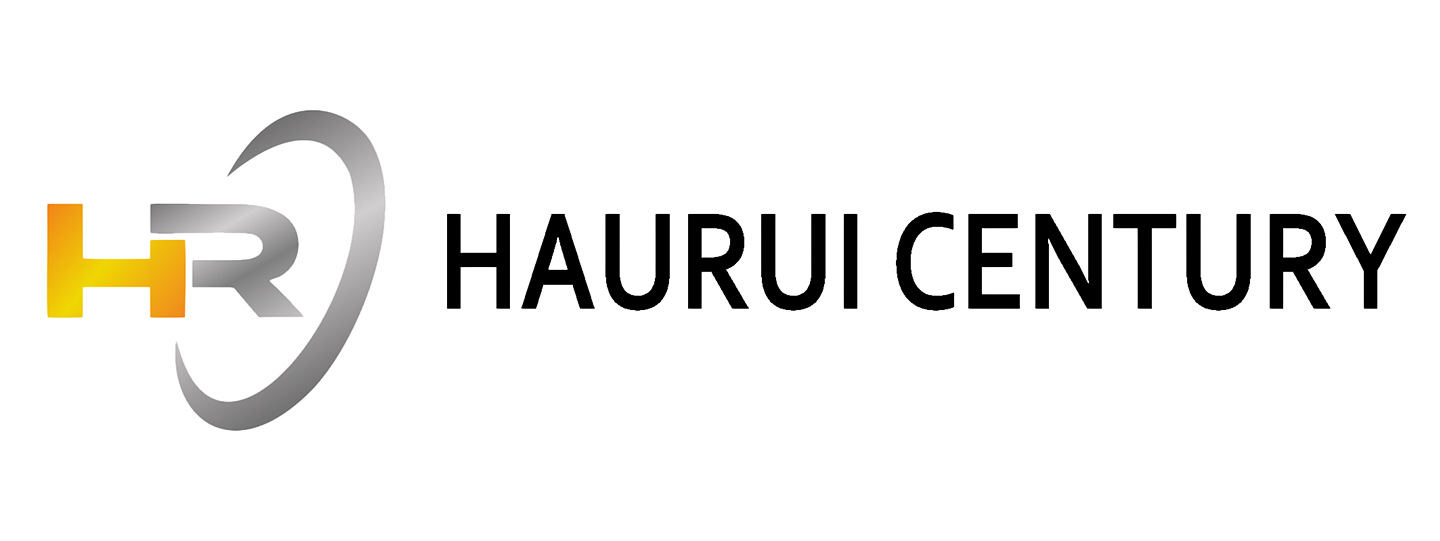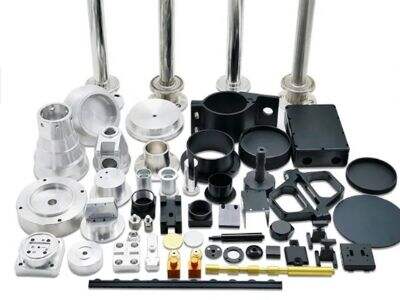Когда речь идет о производстве значков, существует множество способов сделать это. Два очень распространенных метода называются штамповка под давлением и обработка на CNC-станке. Эти процессы включают некоторые уникальные этапы формирования детали и имеют свои собственные особые преимущества и недостатки. В этой статье мы рассмотрим ключевые различия между штамповкой под давлением и детали CNC обработкой на станке, а также плюсы и минусы обоих процессов. Чтобы вы могли лучше оценить, какой из них лучше всего удовлетворит ваши потребности.
Штамповка под давлением против CNC-обработки
Литье под давлением предполагает введение горячего жидкометаллического состава в форму. Эта форма превращает металл в конкретную деталь, которую вы хотите создать. Литье под давлением особенно эффективно для производства больших объемов одинаковых деталей быстро и с соблюдением строгих допусков. Это лишь одна из причин, почему так много заводов используют литье под давлением, когда им нужно произвести множество идентичных частей.
В отличие от этого, обработка CNC представляет собой совершенно другой вид производства. Что такое CNC? CNC означает ЧПУ (Числовое Программное Управление). Обработка с помощью ЧПУ включает использование машин, которые можно управлять через компьютер, чтобы резать различные материалы в разные формы и размеры. При производстве меньшего количества компонентов с очень сложными конструкциями часто используется обработка CNC. Этот процесс предлагает немного больше свободы для создания более сложных форм, которые могут быть труднее изготовить при литье под давлением.
Преимущества и недостатки литья под давлением и обработки на станках с ЧПУ
Преимущества штамповки под давлением заключаются в её способности быстро и эффективно производить большой объем деталей. Именно поэтому она идеально подходит для массового производства множества одинаковых изделий. Штамповка под давлением также позволяет изготавливать детали, которым требуется относительно высокий уровень точности и последовательности, что означает, они будут выглядеть и функционировать одинаково раз за разом. Тем не менее, штамповка под давлением также имеет свои недостатки. Например, она может быть дешевле других методов производства иногда. Кроме того, штамповка под давлением не является лучшим выбором для компонентов с высоко сложными формами и дизайном.
С другой стороны, обработка CNC имеет свои преимущества и недостатки. Одним из главных преимуществ обработки CNC является её способность производить высоко детализированные и крайне точные компоненты. Однако, не стоит опускаться ниже пороги, где детали, обработанные на CNC-станке является лучшим решением для сложных деталей. Для обработки CNC целесообразно использовать эту услугу вместо литья под давлением, когда количество деталей мало. Однако один из недостатков заключается в том, что обработка CNC обычно медленнее, чем литье под давлением. Такой более медленный темп может не быть оптимальным выбором, если вам нужно быстро произвести много деталей. Тем не менее, CNC может не быть лучшим подходом при работе с очень большими деталями или деталями с определенной геометрией, которая делает их трудными для резки.
Технические различия между литьем под давлением и обработкой на CNC
Теперь давайте обсудим различия между штамповкой под давлением и обработкой на CNC с точки зрения техники. Возможно, наиболее заметное различие заключается в точности каждого метода. Штамповка под давлением может производить детали с очень маленькими допусками. Это означает, что размеры детали — длина, ширина, высота — очень близки к желаемым. Обработка на CNC также может производить точные детали, но это занимает много времени, и вы не всегда можете достичь той же последовательности и повторяемости, что и при штамповке под давлением.
Второе техническое отличие заключается в способности создавать сложные формы. Литье под давлением обычно более эффективно для формирования деталей с простыми геометрическими формами, такими как кубы или круги. С другой стороны, CNC-обработка лучше всего подходит для создания компонентов со сложными формами, такими как сложные дизайны или мелкие детали. Литье также имеет ограничения по используемым материалам, поскольку оно лучше всего подходит для определенных типов металлов. CNC-обработка, с другой стороны, может работать с более широким спектром материалов, таких как пластик, дерево и металл.
Какой процесс лучше для создания деталей?
Итак, какой же лучший метод производства для ваших конкретных потребностей? Ответ на этот вопрос многофакторный и в конечном итоге зависит от того, сколько деталей вы планируете произвести, сложности изготавливаемых деталей и вашего бюджета. Для высоко повторяющихся деталей, изготовленных из одного материала при одинаковых условиях, литье под давлением может быть решением! Однако, если ваш годовой объем производства мал с высокой степенью сложности, то обработка CNC вероятно является вашим лучшим вариантом.
Huarui — это профессиональный производитель, предоставляющий высококачественные производственные решения клиентам. Будь то литье под давлением, обработка CNC или какой-либо другой вид производственных услуг, у нас есть экспертиза, чтобы помочь вам определить правильный подход для ваших потребностей. Если у вас есть вопросы или вы хотите узнать больше о том, как мы можем помочь вам достичь ваших производственных целей, свяжитесь с нами сегодня.
Таким образом, литье под давлением и Услуги ЧПУ обработки представляют два различных метода производства, каждый из которых имеет свои преимущества и недостатки. Знание различий между этими двумя методами может помочь вам определить, какой способ более подходящий для вашего бизнеса или проекта. С помощью этой модели выбора правильного качества мы уверены, что выбираем в Huarui, и вы сможете внедрить это в производство с уверенностью!

 EN
EN






































